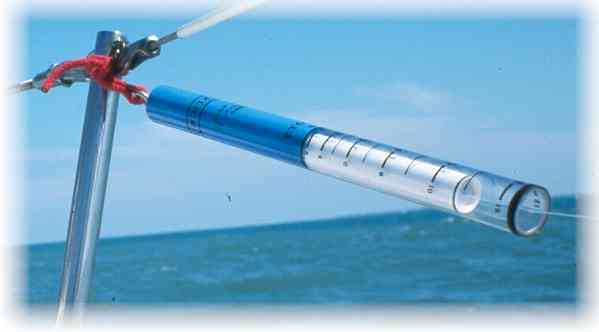hrifraf
Member
Can anyone tell me what the normal cruising speed and rpm are for a Willard 30 Nomad with the Perkins engine.
I was looking at a Nomad for possible purchase and during the sea trial we averaged about 4.5 knots. The owner felt that the propellor needed cleaning, and said that normal cruising speed for his boat was 5 knots at 2100 rpm. This seems slow for me, and a search online suggests that 6 knots is normal, at around 2200 rpm. But most of these cruising speed references are from boats for sale listings, and I was wondering if anyone has some real-life cruising speed experiences to share. My Albin 25 does 6.5 knots, so the Willard should easily cruise at 6 or more, IMO.
Also, any idea why the speed would be below normal (besides the condition of the hull and propellor). Thanks.
I was looking at a Nomad for possible purchase and during the sea trial we averaged about 4.5 knots. The owner felt that the propellor needed cleaning, and said that normal cruising speed for his boat was 5 knots at 2100 rpm. This seems slow for me, and a search online suggests that 6 knots is normal, at around 2200 rpm. But most of these cruising speed references are from boats for sale listings, and I was wondering if anyone has some real-life cruising speed experiences to share. My Albin 25 does 6.5 knots, so the Willard should easily cruise at 6 or more, IMO.
Also, any idea why the speed would be below normal (besides the condition of the hull and propellor). Thanks.


